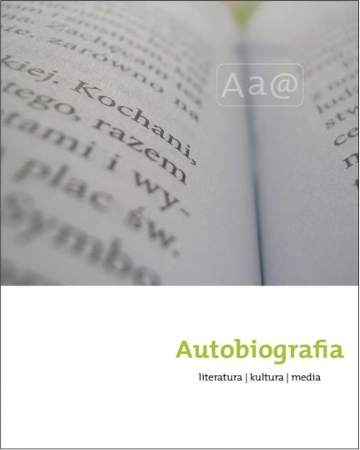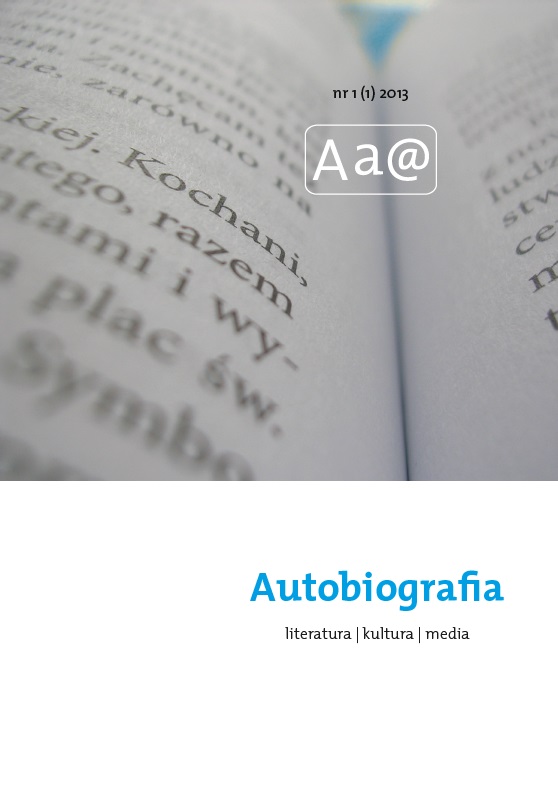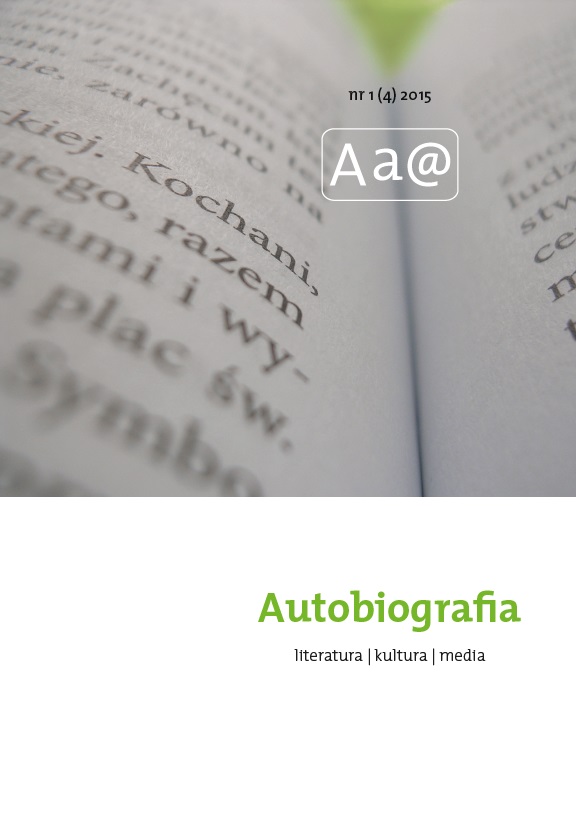
Wokół recepcji Lukrecji Floriani George Sand – refleksje na marginesie polskiego wydania powieści
The article discusses the afterword to the Polish edition of “Lucrezia Floriani” (2009) – George Sand’s 1846 novel, based on autobiographical motifs (the author’s relationship with Frederic Chopin), which was usually seen in a very unfavorable way by Chopin’s successive biographers, up to considering the novel an example of caricature and libel. The article shows that Mieczysław Tomaszewski, author of the afterword, joins this misogynous tradition of the novel’s reception as well, through denial of the writer’s right to her own view and suggestions that apart from its biographical meaning, the novel is devoid of any literary value. The article compares Tomaszewski’s afterword to the newest interpretations which emphasise the uncommonness of the novel’s in feminist criticism emancipated protagonist when juxtaposed with 19th-century models of femininity.
More...

